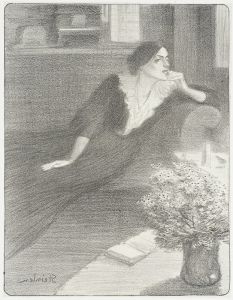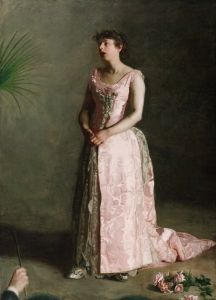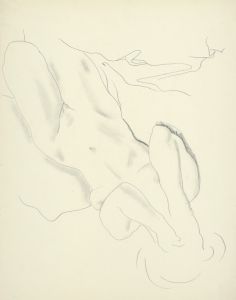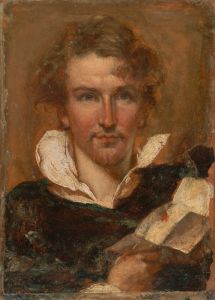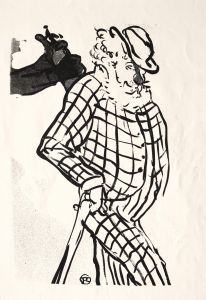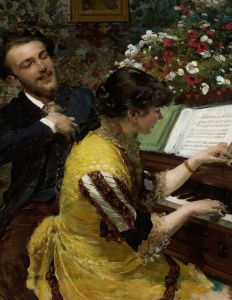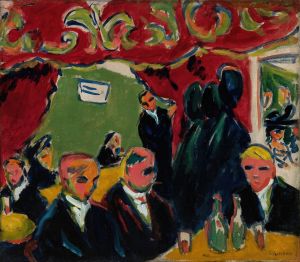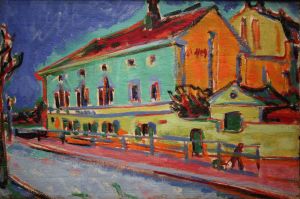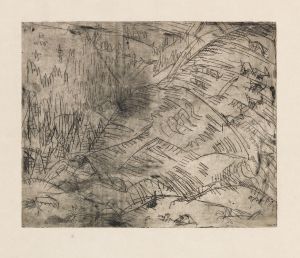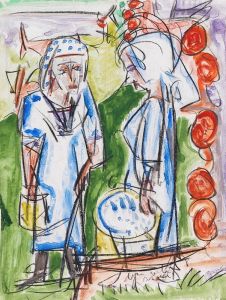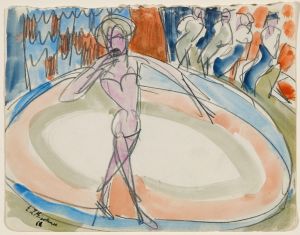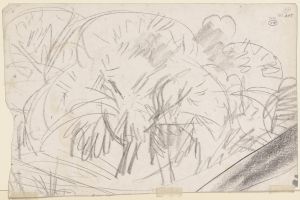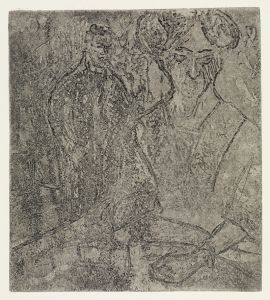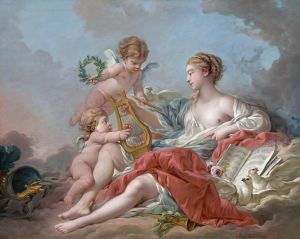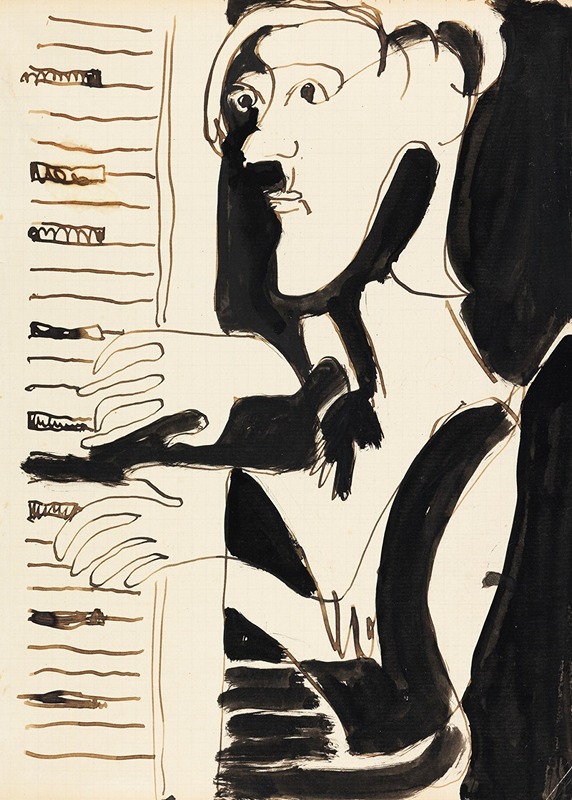
Der Orgelspieler von Spina Julius Hembus
A hand-painted replica of Ernst Ludwig Kirchner’s masterpiece Der Orgelspieler von Spina Julius Hembus, meticulously crafted by professional artists to capture the true essence of the original. Each piece is created with museum-quality canvas and rare mineral pigments, carefully painted by experienced artists with delicate brushstrokes and rich, layered colors to perfectly recreate the texture of the original artwork. Unlike machine-printed reproductions, this hand-painted version brings the painting to life, infused with the artist’s emotions and skill in every stroke. Whether for personal collection or home decoration, it instantly elevates the artistic atmosphere of any space.
Ernst Ludwig Kirchner was a prominent German expressionist painter and one of the founding members of the artist group Die Brücke, which played a pivotal role in the development of modern art in the early 20th century. Kirchner's work is characterized by its bold use of color, dynamic compositions, and emotional intensity, often reflecting the anxieties and tensions of the modern world.
"Der Orgelspieler von Spina Julius Hembus" is one of Kirchner's paintings, though specific details about this particular work are not widely documented in public art historical records. Kirchner's oeuvre often explored themes of urban life, human figures, and the natural world, rendered in a style that combined elements of traditional German woodcuts with influences from non-Western art forms. His paintings frequently depicted scenes of Berlin's streets, cabarets, and the vibrant yet chaotic life of the city, capturing the spirit of the times with a sense of immediacy and raw emotion.
Kirchner's artistic journey was deeply influenced by his experiences during World War I, which had a profound impact on his mental health and artistic output. After serving in the military, he suffered a breakdown and was discharged. This period marked a shift in his work, as he moved to Switzerland in search of recovery and solace. The Swiss landscape and the rural life there became new subjects for his art, reflecting a change in his emotional and psychological state.
Despite the challenges he faced, Kirchner continued to produce a significant body of work throughout his life. His style evolved over the years, but he remained committed to the expressionist ideals of conveying emotional truth and exploring the human condition. Kirchner's contributions to the expressionist movement have left a lasting legacy, influencing generations of artists and shaping the course of modern art.
Unfortunately, specific information about "Der Orgelspieler von Spina Julius Hembus" is limited, and it is not one of Kirchner's most widely studied or exhibited works. As with many artists, not all of Kirchner's paintings have been extensively documented or analyzed in the public domain. However, his overall impact on the art world is well-recognized, and his works continue to be celebrated for their innovative approach and emotional depth.
Kirchner's life came to a tragic end in 1938 when he died by suicide, a reflection of the ongoing struggles he faced with his mental health. Despite this, his artistic legacy endures, with his works held in major museums and collections worldwide, continuing to inspire and provoke thought in audiences today.





